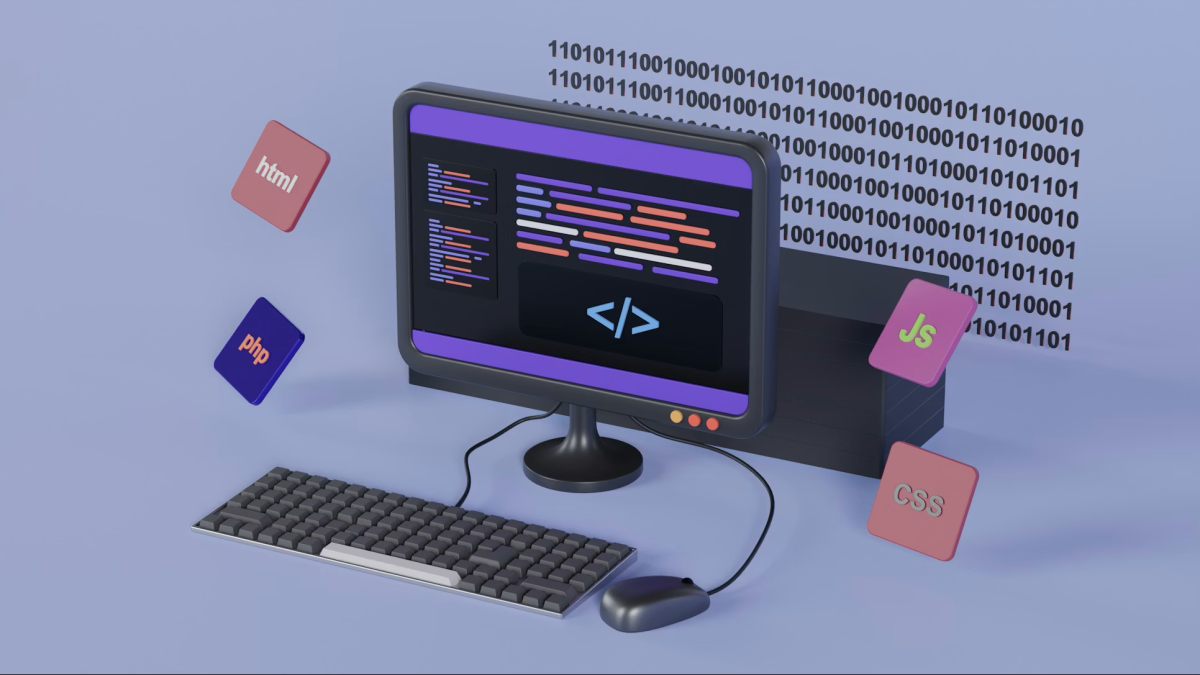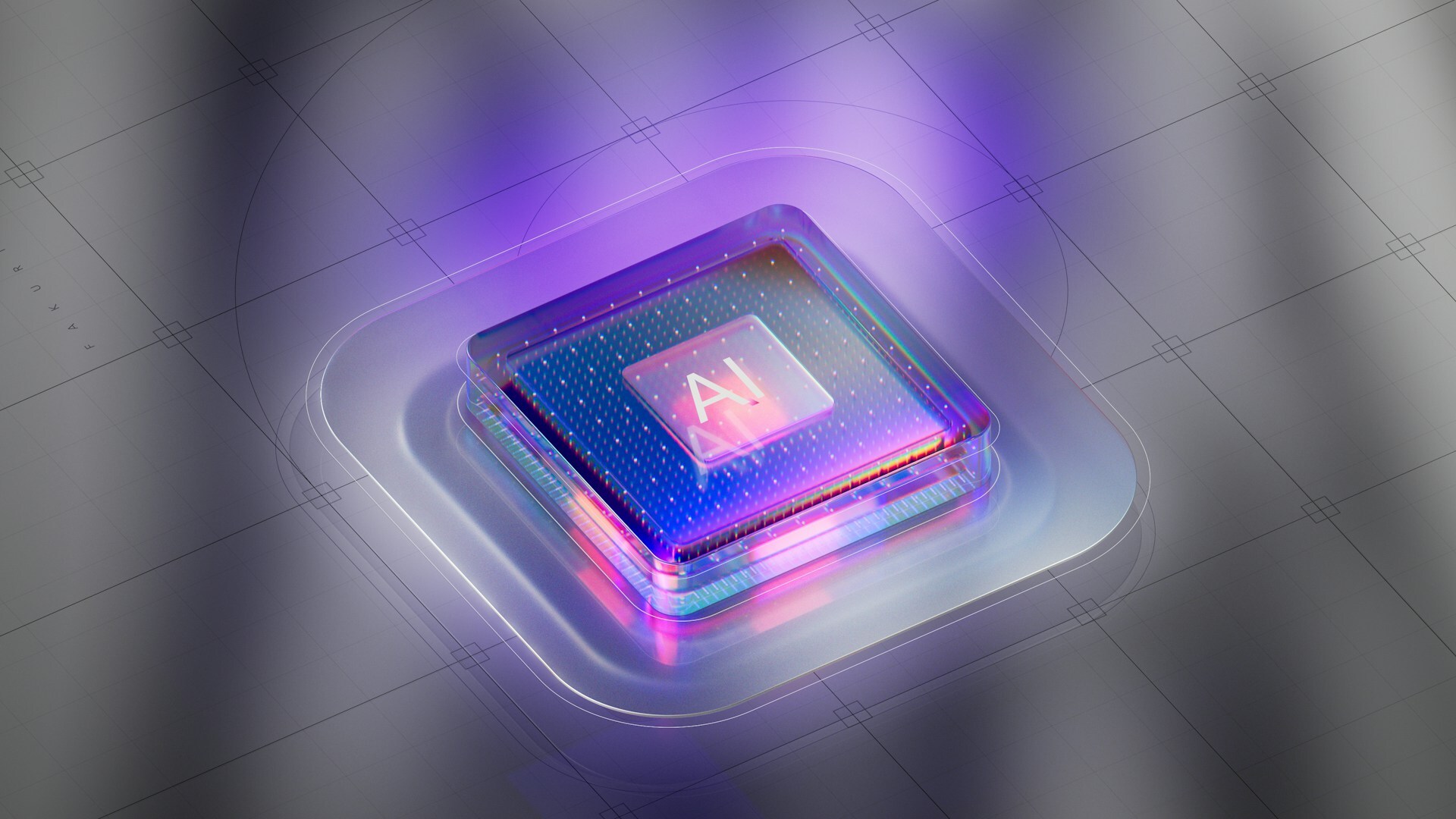Blog
Filters
81 results
-
eIDAS2, the EUDI wallet and the GDPR (IV)
Several key data protection challenges are associated with the eIDAS 2 regulation, particularly regarding the implementation of EUDI wallets. These challenges arise from reconciling functionality, security and privacy. The following post analyses how different inaccuracy and non-repudiation threats...Read more
-
Cyber Evolution: Corruption in the Technological City
NOVELCYBER EVOLUTION: CORRUPTION IN THE TECHNOLOGICAL CITY DescriptionIn Cyber Evolution: Corruption in the Technological City, Francisco Montero proposes a reflection on the risks that the digital age poses to privacy and individual freedom. Set in a hyperconnected metropolis, the novel shows how...
Read more
-
eIDAS2, the EUDI wallet and the GDPR (III)
Several key data protection challenges are associated with the eIDAS 2 regulation, particularly regarding the implementation of EUDI wallets. These challenges arise from reconciling functionality, security and privacy. The following post analyses how different identifying threats could materialize...Read more
-
Keeping the balance between fundamental rights: the case of children protection
When the issue of child protection on the Internet is discussed, the message that a balance must be struck between child protection and the right to the protection of all citizen’s data is almost always present, trying to find a balance. But this message is a fallacy, just like the one that states...Read more
-
Nerve
NOVEL NERVE DescriptionNerve is a novel by Jeanne Ryan that offers a disturbing reflection on privacy and the dangers of overexposure in the digital world. The story follows Vee, a teenager who becomes involved in an online game that challenges her to complete dares in exchange for rewards. As she...
Read more
-
The circle
NOVELTHE CIRCLE DescriptionThe novel explores the implications of privacy and data protection in a technology-driven society. The story follows Mae Holland, a young woman who begins working at a fictional company called The Circle and quickly finds herself immersed in an environment obsessed with...
Read more
-
eIDAS2, the EUDI wallet and the GDPR (II)
Several key data protection challenges are associated with the eIDAS2 regulation, especially regarding the implementation of EUDI wallets. These challenges arise from reconciling functionality and security with privacy. The following post analyses how different linking threats could materialize...Read more
-
Addressing misconceptions of Artificial Intelligence
Generative artificial intelligence is a data-intensive method of developing applications and services. The market that revolves around it has had exponential growth and created high expectations. As recital 7 of the GDPR explains that “Those developments require a strong and more coherent data...Read more
-
The Importance of Data Protection by Design in Public Administration Contracts
Data protection by design encourages the creation of data protection compliance processing activities from the first moment of their conception, eliminating possible redesign costs, thus complying with the requirements of the Public Sector Contracts Law in relation to compliance with current data...Read more








